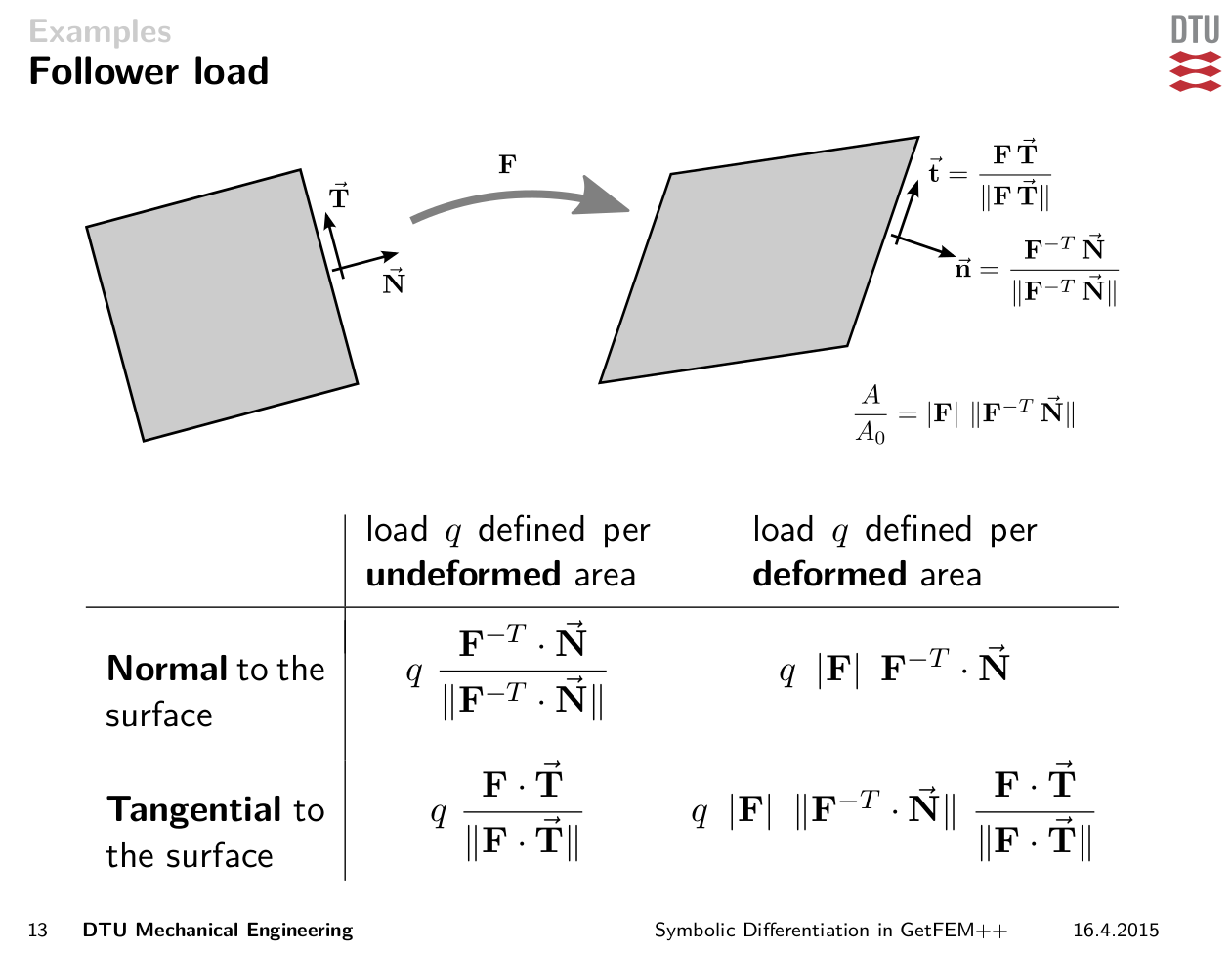It doesn't seem to be explicitly stated in the paper but since it is about cardiovascular simulation I guess that applying the pressure as a follower load is the standard thing to do, so I am providing you here with my notes on follower loads:

So if your p is the actual blood pressure you need the upper right case of the table with q=-p. If at some point you also need shear stresses from the fluid you can also use the second row of the table.